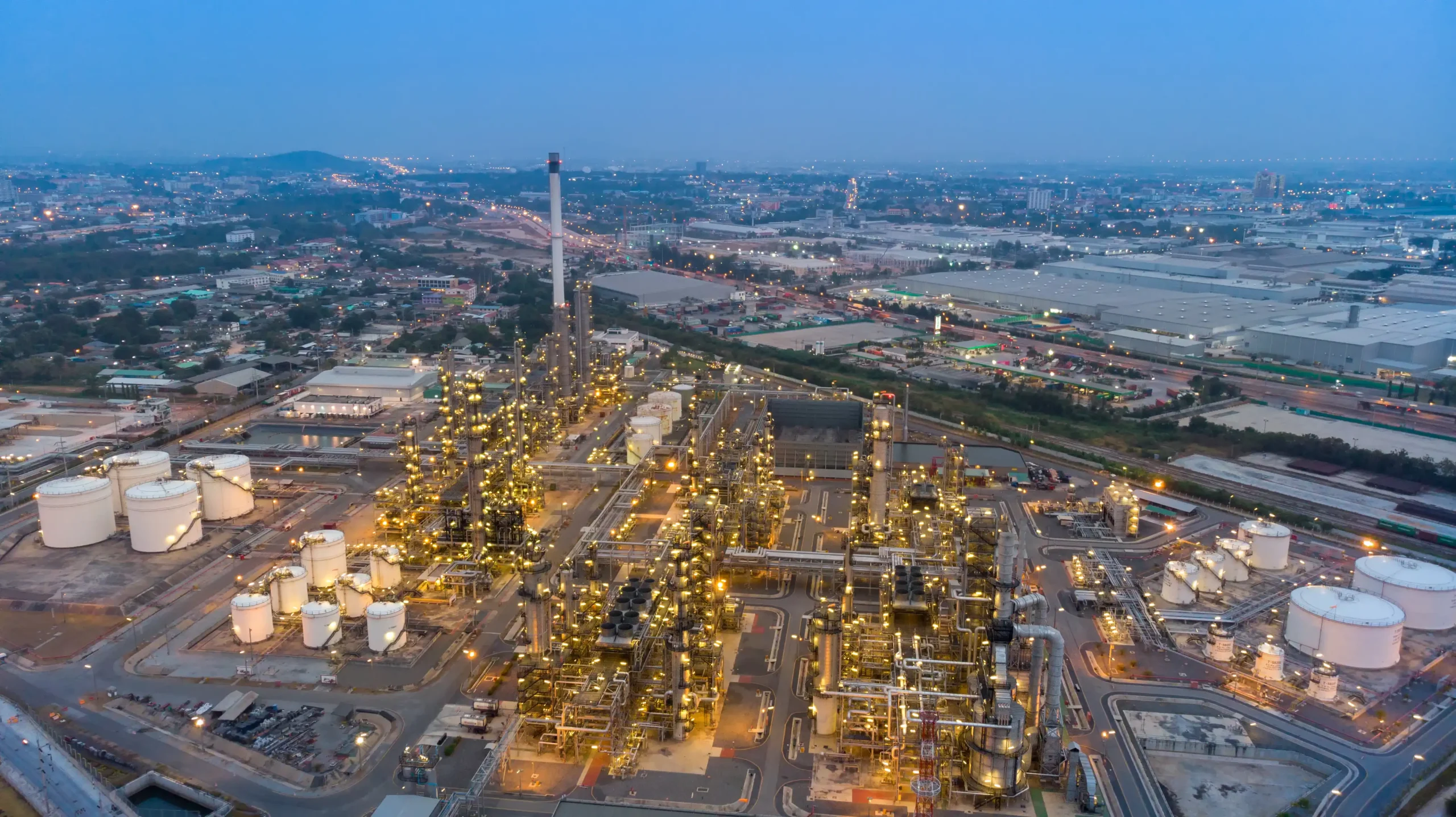1. Introduction
The Computational Fluid Dynamics (CFD) simulation results & design has been performed for the Storage Tanks project. Mixing is an important physical operation to achieve homogenization of produced oil as well as preventing the settling of Base Sediment & Water (BS&W) particles in the Storage Tanks.
Side entering mechanical mixers are installed inside the Storage Tanks to efficiently mix Oil inside the tank, in terms of the average velocity throughout the whole tank per unit of power. For the large tanks, side-entering impellers are often used as they generally have limited headroom that prevents the use of top-entry units.
Further, side-entering mixers include low capital and simple installation as no mounting support on the top of the tank is needed.
Mixing performance in the Storage Tank has been investigated by CFD modelling. It offers the flexibility of easily modifying tank configuration and dimensions, impeller orientation and rotating speed, and fluid properties.
2. Objective
The objective of CFD Simulations is to:
-
Determine the location and orientation of mechanical mixers inside the Storage tank.
-
To achieve maximum homogenization inside the Storage Tanks.
3. Modeling & Analysis
In the normal operation, the Base Sediments & Water (BS&W) inside the tank will be 0.2% by volume which may increase to 0.5% as the maximum design value. To remove BS&W from the tank, Automatic Dewatering System (ADS) will be installed inside the tank to ensure that sediments & water that is removed from the Storage Tanks with maximum allowed oil content of 30 ppm.

In the CFD modelling of mixing operation inside the Storage Tank, following assumptions are made:
-
Mixing flow is three-dimensional and steady state.
-
Oil in the tank and BS&W in the stirred tank are incompressible, isothermal and Newtonian fluids.
-
Considering the volume concentration of BS&W inside the tank, the model is single phase without accounting for multiphase interactions.
Based on the above assumptions, the governing equations that include continuity, momentum, turbulent kinetic energy, and its dissipation rate are applied in the CFD study. Ansys Fluent Software is used for this analysis.

